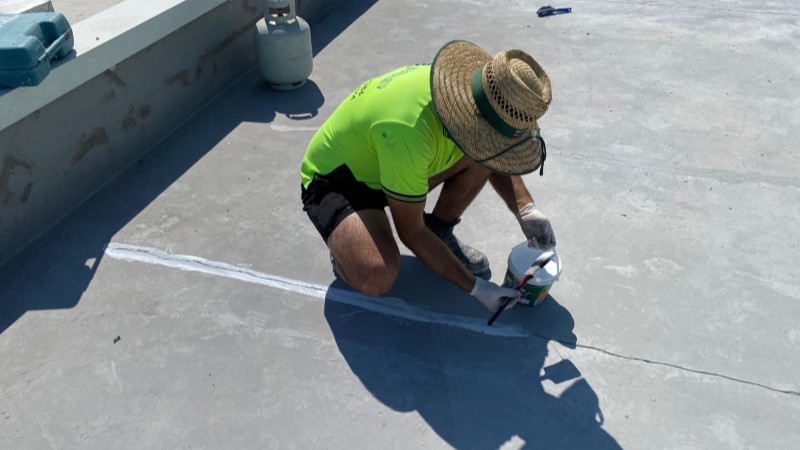Concrete joint sealing plays a pivotal role in preserving the structural integrity of buildings and infrastructures. It serves as a fundamental preventive measure against water infiltration, preserving the strength and durability of concrete structures.
In this comprehensive guide, we explore the significance of concrete joint sealing. We will also spend time checking out its indispensable role in fortifying structures against potential damage caused by moisture intrusion.
Why is concrete sealing of joints vital?
1. Protection Against Water Infiltration-
Concrete joint sealing is a robust defence mechanism against water infiltration. When left unsealed, cracks and joints in concrete structures become vulnerable entry points for water. By applying sealants to these areas, it creates a barrier.
This barrier will go a long way in preventing water from penetrating the concrete matrix. This protection is especially vital in regions prone to heavy rainfall or where water exposure is common.
2. Prevention of Corrosion and Deterioration-
Water ingress through unsealed joints can lead to corrosion of internal reinforcements such as steel rebars. This corrosion weakens the structural integrity of the concrete. This issue may result in its deterioration over time.
Sealing joints effectively inhibits moisture intrusion. Such obstruction mitigates the risk of corrosion. They work well to preserve the concrete’s strength and ensure its longevity.
3. Preservation of Structural Integrity-
The application of sealants in concrete joints safeguards the structural integrity of buildings and infrastructure. Moisture-induced damage, including cracking and crumbling, can compromise the structural stability of a concrete structure.
Proper joint sealing helps maintain the structure’s strength and stability. Hence, you can avoid potential hazards and ensure longevity when you go for timely joint sealing work.
4. Enhanced Longevity of Surfaces-
Unsealed joints and cracks are susceptible points to water intrusion. Such water droplets can seep in and lead to surface damage such as cracks, scaling, or erosion. Concrete sealing will shield these vulnerable areas.
As a result, the concrete surfaces are protected from moisture penetration, thereby minimizing the risk of surface damage. This contributes a lot to improving the lifespan of the concrete. You can also save money in the long run with this task, as the sealing process decreases the need for frequent repairs.
5. Minimization of Mold and Mildew Growth-
Moisture-laden environments are conducive to mould and mildew growth. Unchecked water infiltration through concrete joints can create damp conditions. This will encourage mould and mildew formation.
Concrete joint sealing prevents water ingress. This step will bring down the occurrence of moisture content within the structure. This will help in discouraging mold growth promoting a healthier indoor environment.
6. Cost-Efficiency and Maintenance Reduction-
While investing in concrete joint sealing incurs initial expenses, it proves cost-effective in the long run. You will benefit when you proactively prevent water-induced damages with joint sealing. The technique will help reduce the need for extensive repairs and maintenance.
This proactive approach saves substantial costs on potential restoration, repair, or replacement expenses. Hence, experts say that it is a prudent long-term investment for preserving concrete structures.
Our Thoughts
Concrete joint sealing is an indispensable practice in the maintenance and preservation of concrete structures. At United Trade, our experts in sealing joints fortify the structure against water infiltration. This way, we contribute to the overall longevity and durability of the structure.



